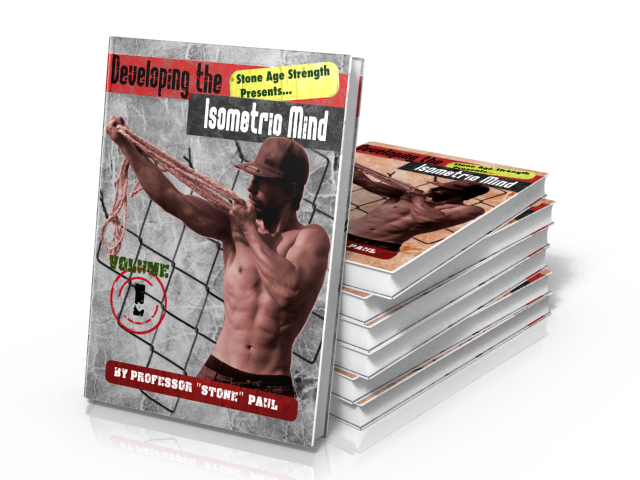Sometimes its good to do something completely different for your body. I’m not a big proponent of “muscle confusion” but you certainly need variety to stop plateaus from occurring.
And sometimes you need a complete break from what you’ve been doing in the past.

One isometric exercise of many possible.
#1 – Using isometrics to work towards a specific move or goal. For instance using certain deadlift isometrics in order to increase your deadlift. Or attempting to bend a horseshoe you cannot bend yet.
This is great for building up your weak points (and even strong points too) in the exercises you’re working on.
#2 – The other method is to use isometrics for your full body. This is where you try to work everything in your body from every angle. The truth is you can’t though, because the combinations are limitless. But you can do a whole lot. And this is what allows you to train in directions, angles, combinations, and ways that you can’t hit with weights or bodyweight.
It also takes a different mindset when you’re working this way. That’s why my friend Paul came up with the idea of the Isometric Mind.
Not only does he explain this difference in detail I say with completely honesty that he has broken down the exercises and forms into something that is truly comprehensive.
It’s different from Bud Jeffries’ stuff.
It is different from Steve Justa’s stuff.
All of it is good and if you’re looking to explore isometrics, and your body, in much more detail this is a great place to start.
Right now you can grab his course for over 50% off but just for a limited time.
I have certain goals I’m working towards right now, but in the future I plan on changing my training up completely towards these isometric ideas to share with you my results from this different form of training.

